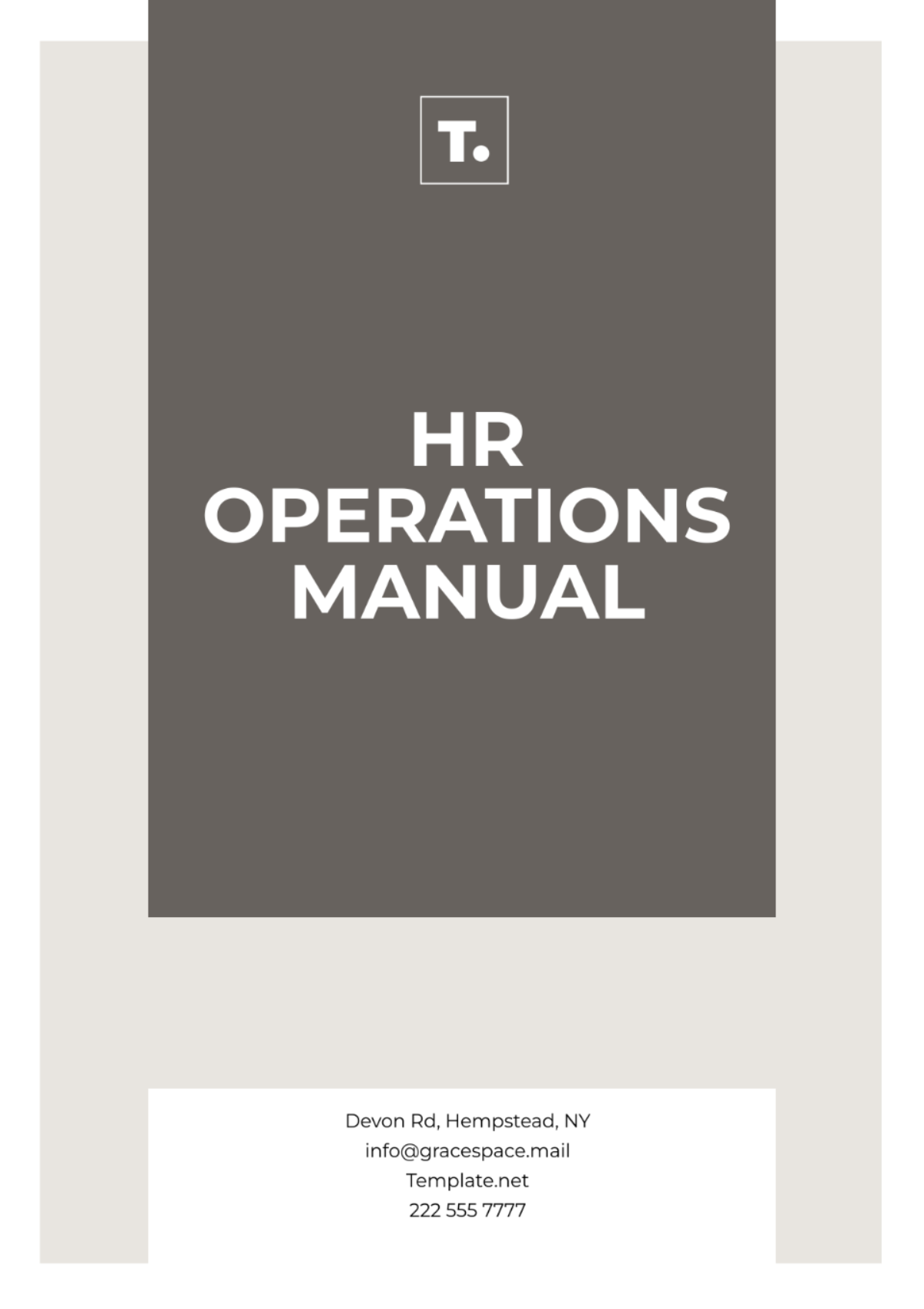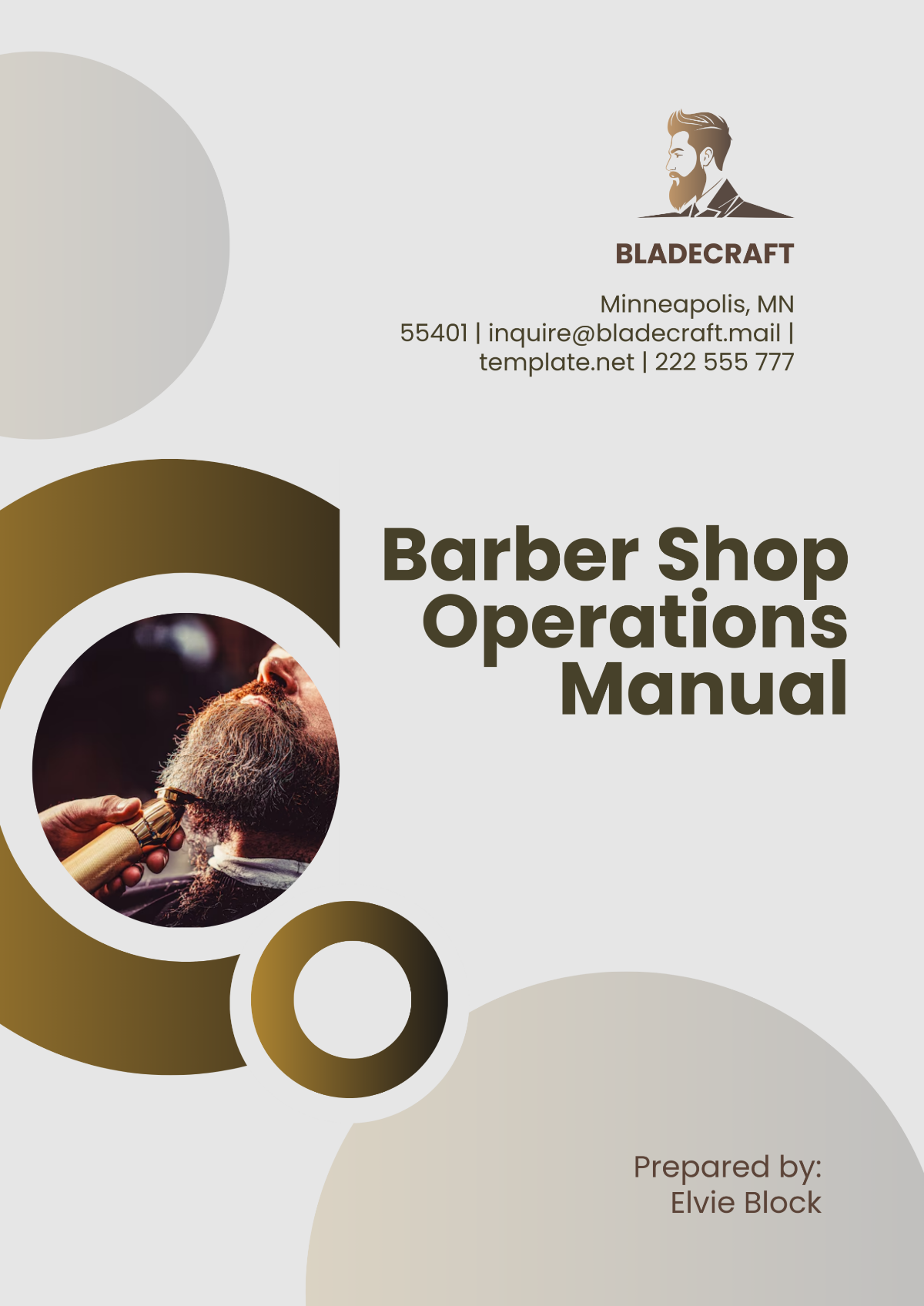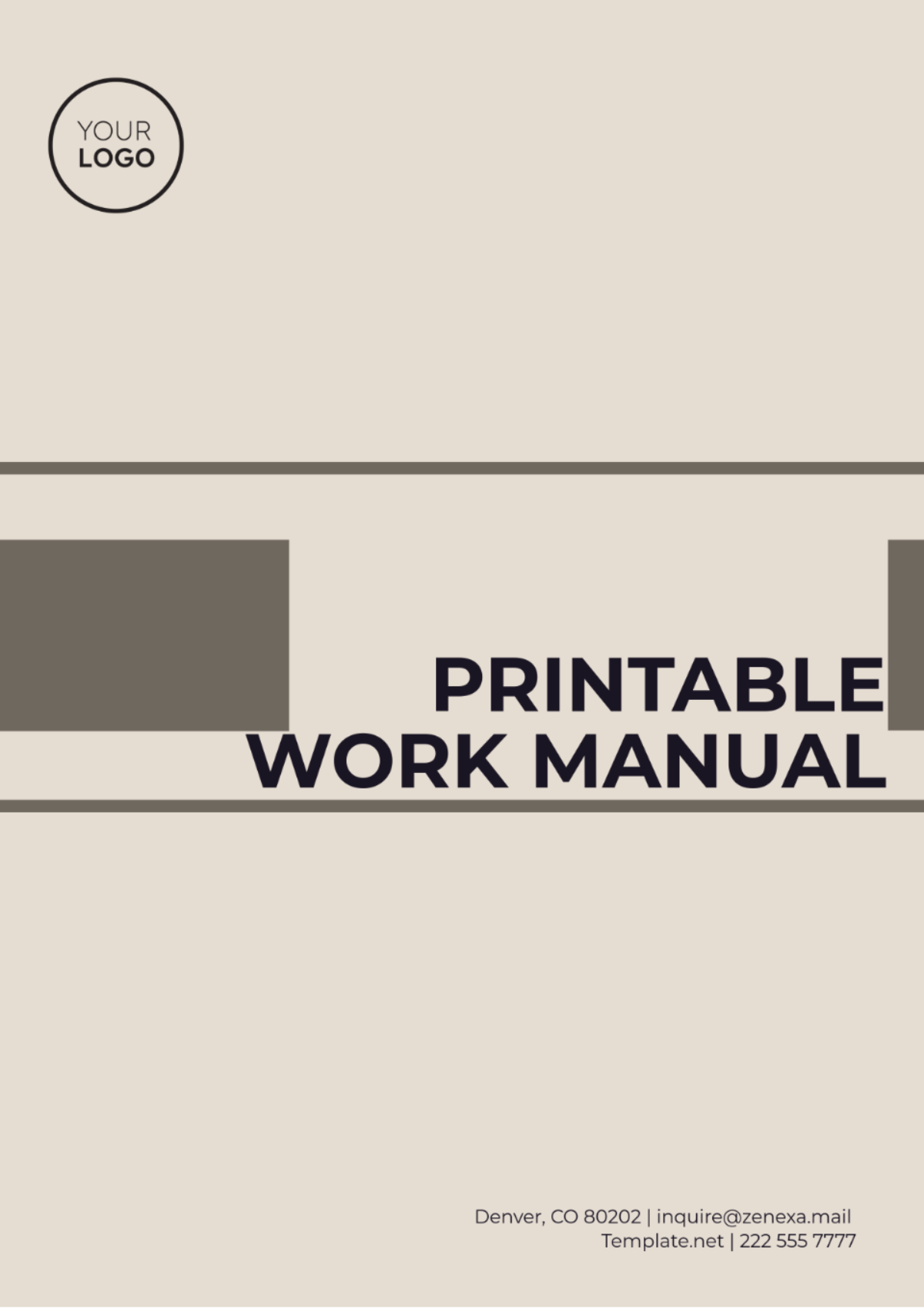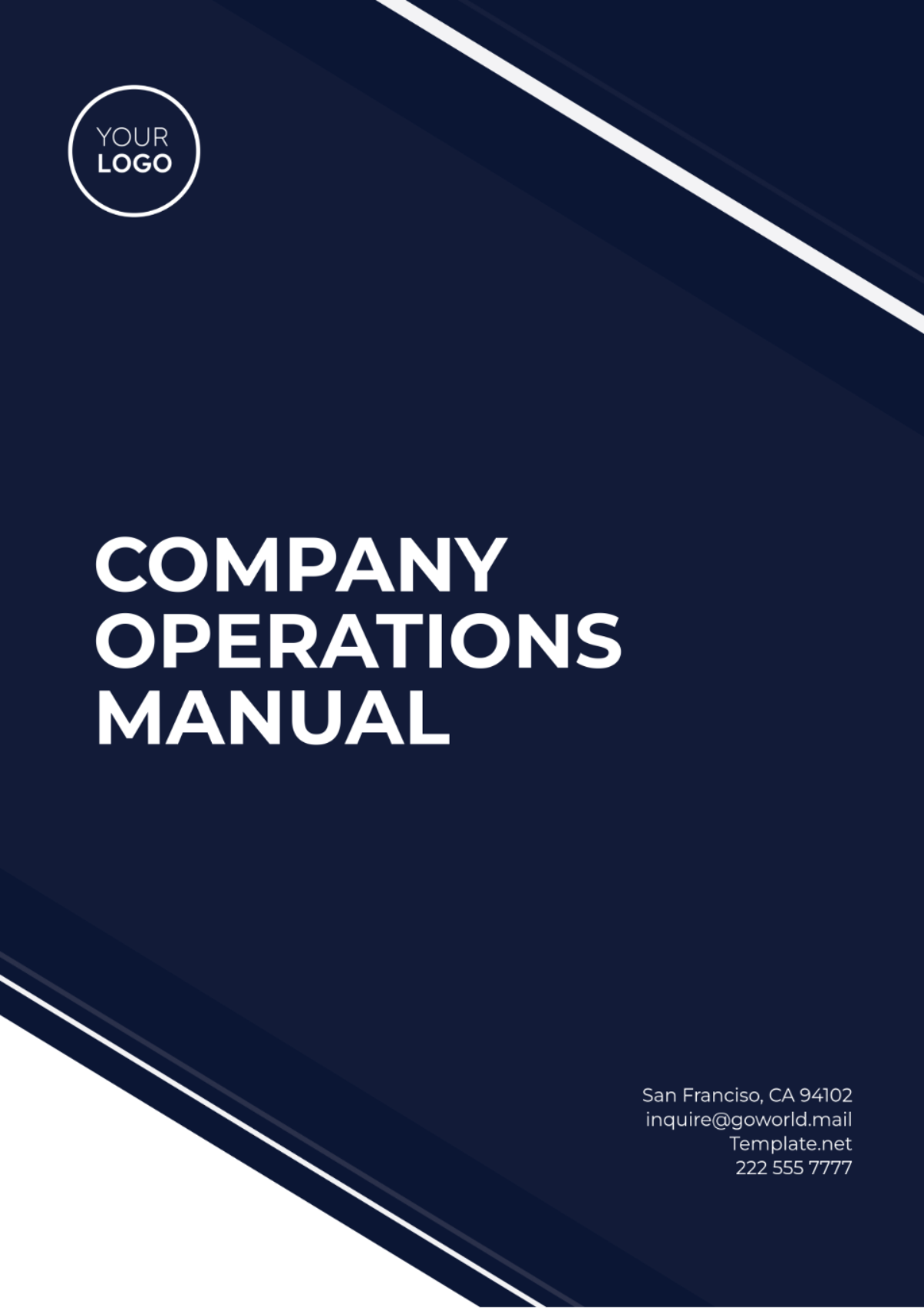Free Grocery Store Manual
Guide operations with the Grocery Store Manual Template from Template.net. This customizable and editable tool offers a comprehensive format for creating manuals. Use our Ai Editor Tool to draft manuals covering store policies, procedures, and employee guidelines, ensuring organized and efficient management of your grocery store.






























